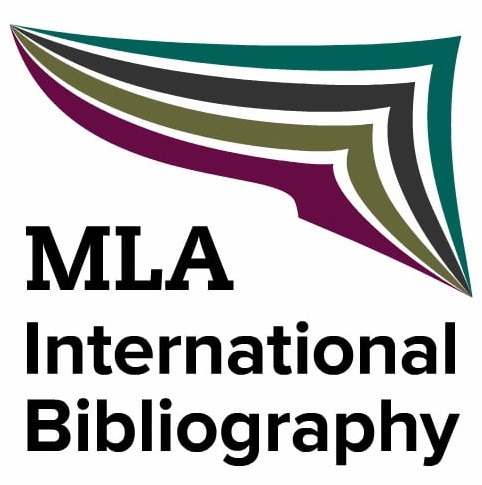Victim Balls in Post-Stalin Russia: Distance, Generations, and Mourning
DOI:
https://doi.org/10.13135/2281-6658/1087Abstract
Drawing on his book Warped Mourning, and psychoanlytic studies of post-traumatic syndromes, the author analyses the processes by which a national culture comes to terms with its own violent past, as in the case of the French revolution, Soviet Russia, Nazi Germany. After the French revolution, relatives of the guillotined victims came together in Victimes Balls, providing a prototypical case of what the author calls mimetic mourning. There are differences, however. While the Nazi Holocaust exterminated the Other, Soviet terror was suicidal: it was a rule rather than an exception that the perpetrators of one wave of terror became victims of the next. This made it all the more difficult to produce a collective memory elaborating mourning for its victims. As Freud mantains, repressed, unburied memory returns as the uncannyDownloads
Downloads
Published
Issue
Section
License
Authors keep the copyrights for their work and give the journal the work’s first publication copyright, which is at the same time licensed under a Creative Commons License – Attribution, which in turn allows other parties to share the work with an acknowledgement of the work's authorship and initial publication in this journal.
Content Licence

You are free to copy, distribute and transmit the work, and to adapt the work. You must attribute the work in the manner specified by the author or licensor (but not in any way that suggests that they endorse you or your use of the work).
Metadata licence

CoSMo published articles metadata are dedicated to the public domain by waiving all publisher's rights to the work worldwide under copyright law, including all related and neighboring rights, to the extent allowed by law.
You can copy, modify, distribute and perform the work, even for commercial purposes, all without asking permission.





